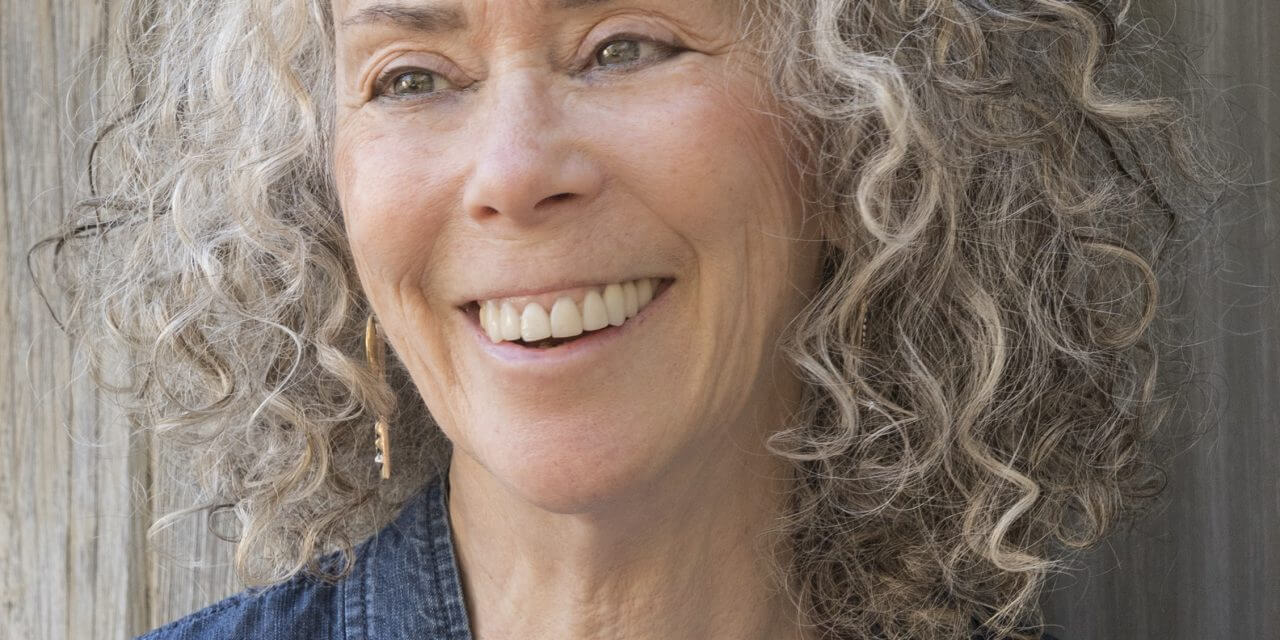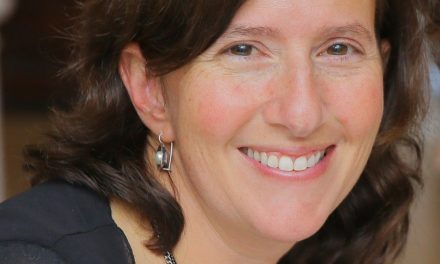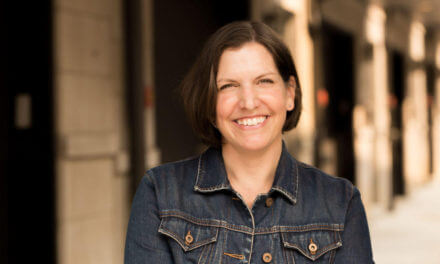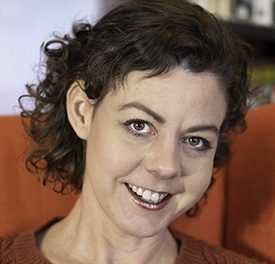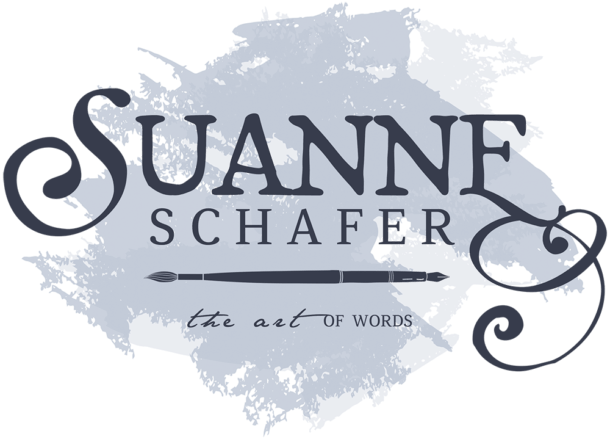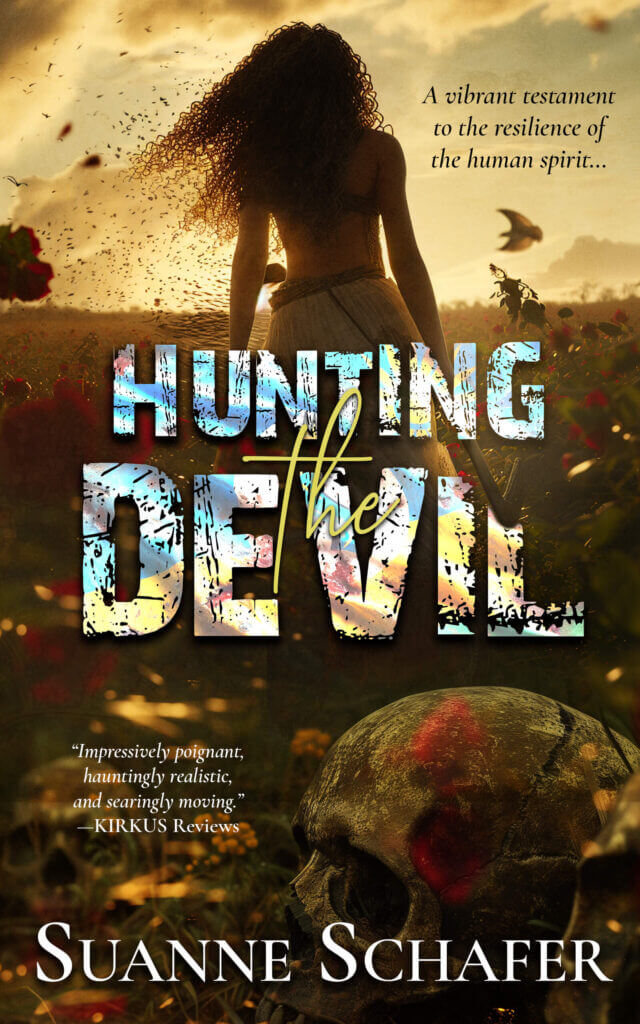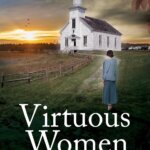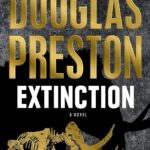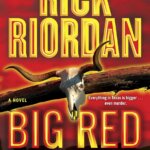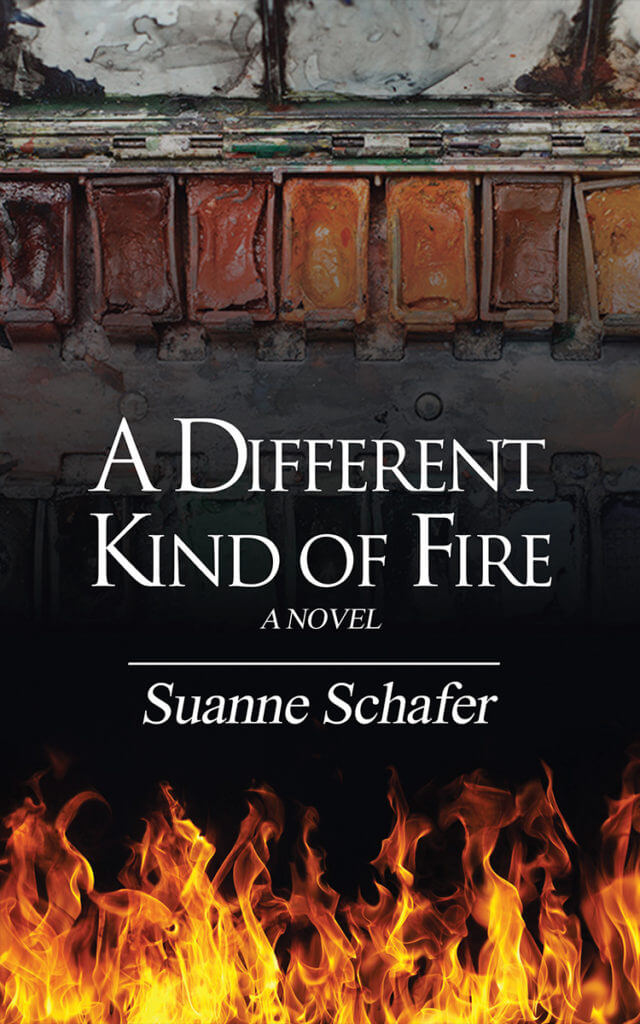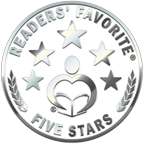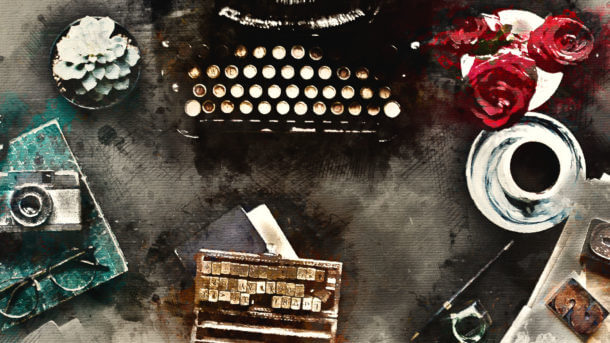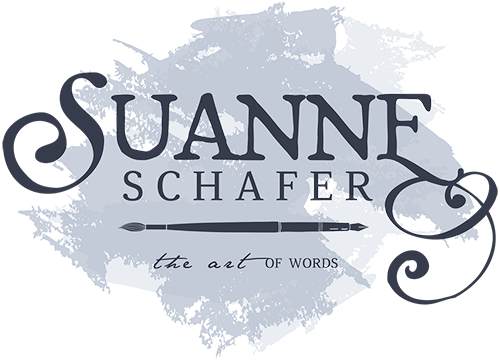SS: Joining me in a virtual Covid-proof interview is BARBARA LINN PROBST, a writer of both fiction and non-fiction. She lives on an historic dirt road in New York’s Hudson Valley. Her debut novel Queen of the Owls will be released today, April 7, 2020. It is the powerful story of a woman’s search for wholeness, framed around the art and life of iconic painter Georgia O’Keeffe. Queen of the Owls has been selected as one of the twenty most-anticipated books of 2020 by Working Mother and will be the May 2020 selection for the Pulpwood Queens, a network of nearly 800 book clubs across the U.S. Her second novel, The Sound Between the Notes, will be published in April 2021. In her spare time, Barbara blogs for several award-winning sites for writers and is a serious amateur pianist.
If you were describing your writing to someone who hasn’t read anything by you before, Barbara, what would you say?
BLP: What my books have in common—and what makes them stand out within the panoply of contemporary “women’s fiction”—is that they show how art, in its various forms, can help to transform us and make us more fully human. Reviewers have called Queen of the Owls stunning, powerful, liberating, extraordinary. It’s a really good story—lots of intensity and plot twists!—but it does more than simply entertain. I like to think that my novels appeal to both mind and heart.
SS: Can you share with us a bit about the moment when the idea for your novel first popped into your head? Did the idea come to you all at once, or did different pieces of the story come to you over time?
BLP: The seed of the story came from a minor element in my first attempt at a novel—a book that will, fortunately, never see the light of day! In that book, the protagonist had an adult daughter who was writing a master’s thesis on Georgia O’Keeffe. For the protagonist, an unhappy and repressed woman in her fifties, the memory of an experience decades earlier in front of O’Keeffe’s iconic Black Iris symbolized everything that had always eluded her. The whole Black Iris scene didn’t really belong in the story, but it stuck with me.
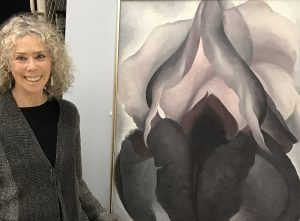
Barbara Linn Probst with O’Keeffe’s Black Iris
It wasn’t until two years later that the theme resurfaced. The idea came to me that a clever and manipulative mentor might try to convince a female student that she had to “do what O’Keeffe did” (that is, pose nude) in order to understand her art. For that, my protagonist had to be someone closer to the adult daughter’s age. She also needed a psychological motivation strong enough to make her succumb to the temptation. This was during the emergence of the #MeToo movement, so the issues of power and consent were very much on my mind. The elements converged, and my story was born.
As I dug into the writing, other themes emerged—for instance, the question of how to be one’s authentic self while still honorably fulfilling one’s roles as mother, wife, sister, colleague. So the book really developed over time.
SS: Khaled Hosseini (The Kite Runner) feels he discovers a story rather than creates it. Are you a plotter? Or do let the novel develop organically?
BLP: I have to admit that I really dislike the binary formulation of pantser versus plotter 🙂
Like many writers, I’d say that I’m both. I don’t work out a detailed plot in advance, but I do spend a lot of time thinking analytically about the themes, key elements, and core scenes. I write it all out, play with it. Once I’m pretty clear about the story’s heart and bones, the specifics seem to emerge more organically. To put it another way: once I know my characters and have formulated my theme, the specific scenes and plot points start to reveal themselves. So it’s a kind of two-step process for me.
SS: At what point did you come up with the title?
BLP: I struggled and struggled with the title! The book had a whole series of earlier titles, none of which were quite right, and I was getting desperate! And then I suddenly remembered an academic article I’d written, back when I was a researcher, and pop, there it was!
SS: What kind of research did you think you had to do? How much was actually needed?
BLP: Research played a pretty major role in Queen of the Owls, as it’s turning out to play in my next two novels. I like books that teach us something about an aspect of the world that we might not have known about. So I did a lot of research to really understand Georgia O’Keeffe’s life and art. It turned out to be far more than I’d anticipated, but I think it was all necessary. I had to go beyond reading biographies and looking at art books. I traveled to see her actual paintings, visited the places where she lived and worked, looked at the physical objects she painted—so I could sense and experience for myself. The only thing I didn’t actually do was to pose nude. (Sorry!)
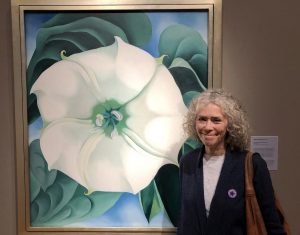
Barbara with O’Keeffe’s Jimson Weed
SS: Which scene did you find the most challenging to write and why?
BLP: That’s an interesting question because the intense pivotal scenes were not the challenging ones! I had to inhabit them as I was writing in a way that required my utmost attention, but they weren’t difficult to write as long as I stayed connected to the characters.
The hard ones were, in fact, the early scenes where I had to show the secondary characters in ways that made them sympathetic and human, yet the reader had to see and feel how they were keeping Elizabeth, the protagonist, from being who she needed to be. The reason they were challenging was that I had to walk a careful line; I couldn’t rely on the “easy out” of making someone into a cliché or a predicable villain. I had to feel and show the humanity within each of these characters.
SS: Could you say something about your relationship to your fictional characters? How autobiographical do you think your current work is?
BLP: Aha. The question I’ve expected—and dreaded! Queen of the Owls is not a thinly-disguised memoir, and I am not Elizabeth. Yet I couldn’t have written the book if I didn’t know what it was like to be seen as an owl, a sexless brain, instead of a desirable woman—as Elizabeth was, or thought she was. I had to dig into my own past and my own soul, and then translate those experiences and emotions into fiction.
SS: How do you create and construct distinctly individual supporting characters?
BLP: I’ve often marveled at this! Many of my supporting characters simply “appear” to me. They’re fully alive right away—unlike the main characters, who required a lot of introspection, noodling, false starts, and a long incubation.
SS: A good ending should fix the shape and meaning of the whole novel. How did you make sure yours did that? Did you know the ending to your story when you put pen to paper?
BLP: I think a writer has to know where her story is going and how it will end; otherwise the scenes have no purpose or direction, and you can waste a lot of time. But the particulars of the ending—the resolution of the themes and the character arcs—are usually quite fuzzy when I start out. They come into focus gradually, as I get to know the characters more deeply. For example, with Queen of the Owls, the final scene between Elizabeth and her sister—which now seems absolutely right and necessary—was one of the last scenes to “appear” for me. Without it, the “story promise” wouldn’t be fulfilled. But I didn’t know that until after several drafts!
I also feel, by the way, that the fate of each of the secondary characters also has to be resolved. Each person in the book is either changed in some way by the change in the protagonist, or—in certain cases, to make a point—explicitly not changed. I’m happy to say that I took care to do that in the final chapters of Queen of the Owls.
SS: Do your books carry a message? If so, what would you say it is?
BLP: They absolutely do! I like to think of the “message” as a book’s aboutness, what some would call its premise. What does this story tell us about what it means to be human, to live in this world? In Queen of the Owls, the premise was clear to me from the beginning: embracing the parts of yourself you’ve denied leads to wholeness. Elizabeth, the protagonist, sees in Georgia O’Keeffe a unity between two aspects of womanhood, a wholeness that’s always eluded her. Her quest to understand O’Keeffe frames her quest to understand herself.
My second book, coming next year, has a similar theme, although in this instance it’s framed by music.
SS: What role does consent and the #MeToo movement play in your writing?
BLP: One of the themes of Queen of the Owls is the nature of consent, yet it’s very tricky. Without giving away the plot, I’ll simply say that the book raises complex questions of what we mean by “consent.” For that reason, it’s especially timely.
SS: Dorothy Koomson (The Woman He Loved Before) says that she doesn’t set out to write “issue” stories but sets off on one course of research and then discovers something unexpected that changes the focus of the book. Does that sound like you?
BLP: It does! Perhaps not the “big focus,” but it can certainly affect some of the related issues that enrich the plot. I love that aha moment when a new and unforeseen connection clicks into place. It can come from the most unlikely source, and I know instantly that it will add depth, provide a perfect twist, raise the stakes, or contribute to the inter-related fates of the characters.
For example, the role of social media never occurred to me when I was developing the core story for Queen of the Owls. Then some relevant news items caught my attention, and suddenly I thought: Yes! This is exactly what would happen to Elizabeth!
SS: What’s the best writing advice you’ve ever received?
BLP: Tell a good story. The rest is irrelevant if you don’t have a good story.
SS: How do you give back to the writing community?
BLP: This is very important to me! I blog monthly for two of the best blogs for writers—Writer Unboxed and Writers in the Storm—as well as quarterly for the magazine of the Women’s Fiction Writing Association and, from time to time, for other well-known blogs. These are pieces on the craft of fiction for which I don’t get paid; I want to give back, help others, and this is how I do it. I also try to promote the books of other writers I love.
********************
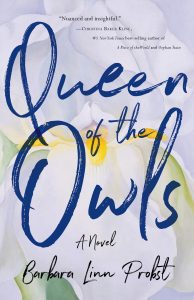
Amazon | B&N | IndieBound
********************
An excerpt from Queen of the Owls
He gestured at the bare walls, as if to assure her: See? I’m discreet. I guard my work. “Let’s try this, to begin with. Let me get to know your face.”
“My face?”
“Your face. It’s a good way to start.” He indicated the chair again. “You have such a lovely face, Elizabeth. Surely you know that.”
Shame splashed over her again, then a spark of danger. Lovely face. Oh, he was smooth.
She sat down. “What am I supposed to do?”
“Nothing. Not till I tell you.” He went to the tripod and loosened the camera. Holding it in front of him, he circled her seated form. She could hear the soft clicks as he moved closer, then further away. “That’s good. You look very stern, just like Georgia.”
“Stern,” she echoed. “It’s better than telling me to say cheese.”
He crouched in front of her, shooting up into her neck and jaw. “If you look at the portraits he did of O’Keeffe, she never smiled. She was very confident and deliberate. Head high, strong, distinctive, even when she was naked.”
The word naked made Elizabeth jump. He’d said it on purpose, she was certain. To see how she’d react.
Richard kept talking. “The more I think about it, I don’t think those photos would have had the same power without her collaboration, the way she used them to construct the identity she wanted to present to the world.”
“It’s not clear that she meant for the world to see the photos. She posed for him, Stieglitz.”
“Because he was her lover.”
“Not in the beginning, when he first started taking pictures of her.”
“It depends on how you define lover.” He lowered the camera. “I want to shoot your collarbones. Unbutton your shirt.”
Elizabeth froze.
“There’s a wonderful closeup of O’Keeffe’s neck and collarbones. I want to try it.”
She swallowed. “All right.” She undid the top two buttons. The shirt dropped, baring her shoulders.
“Perfect.” He moved in closer. “Ah, yes. I had the feeling your collarbones would be beautiful.” Before she could react, he touched the center of her sternum. “From there, Elizabeth.” She could scarcely breathe, pinned by his touch. “Let yourself open, right from here.”
Elizabeth filled her lungs, trying to do what he said. “Yes. Good.” He undid one more button. “Another inch. Like a hint, an invitation to the viewer.” He took a step to the right, angling his camera. She heard the click of the shutter. Another click.
Richard circled her again, his steps light, defining her by his gaze. If he looked at her shoulder, the shoulder existed. Midas of the flesh, beckoning her into sensation.
Was this what she wanted? What he wanted? With a hoarse cry, she grabbed her shirt, pulling it tight. “I can’t.” Her voice caught, terror mixing with apology and regret.
“You can,” he said quietly. “But not yet.” He let the camera drop to his side. “It’s all right. We’ll try again.”
The word flew out of her mouth. “When?”
“Whenever you’re ready.” His face was grave. “It’s up to you, Elizabeth.”
She could hear Mr. Wu’s words, before her very first Tai Chi class, when she wanted to excuse herself in advance for her slowness, her clumsiness, her lack of experience. “You try,” he’d told her. “You try, and you can.”
“Whatever you want,” Richard repeated.
“And if I don’t know what that is?”
He smiled. “You will.”
********************
Barbara can be found here on social media:
Website | Goodreads | Facebook | Instagram
:
:
:
:
